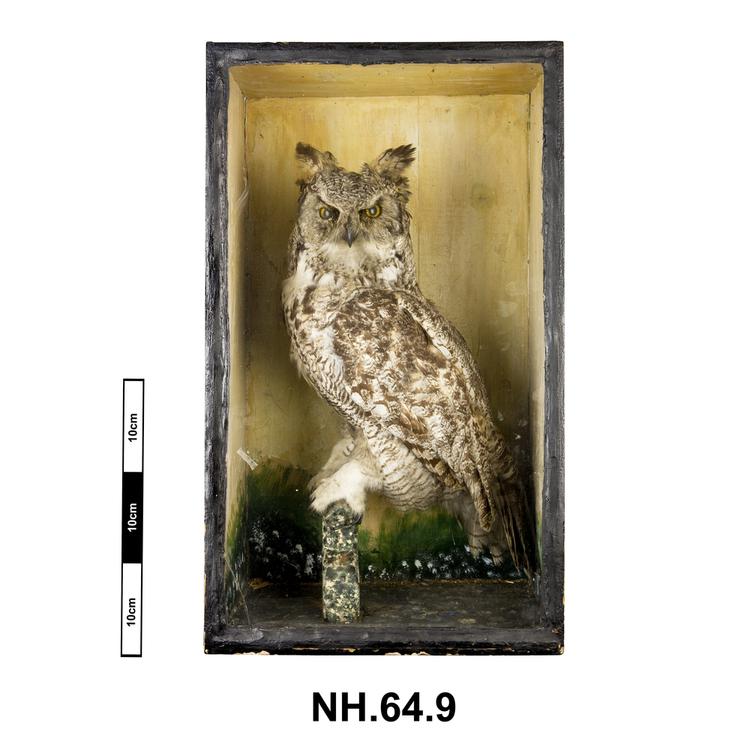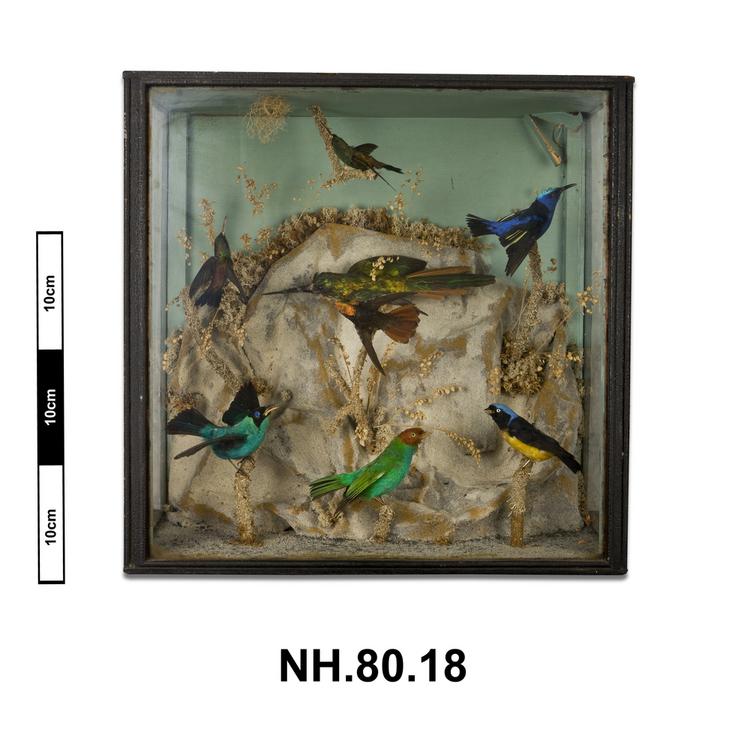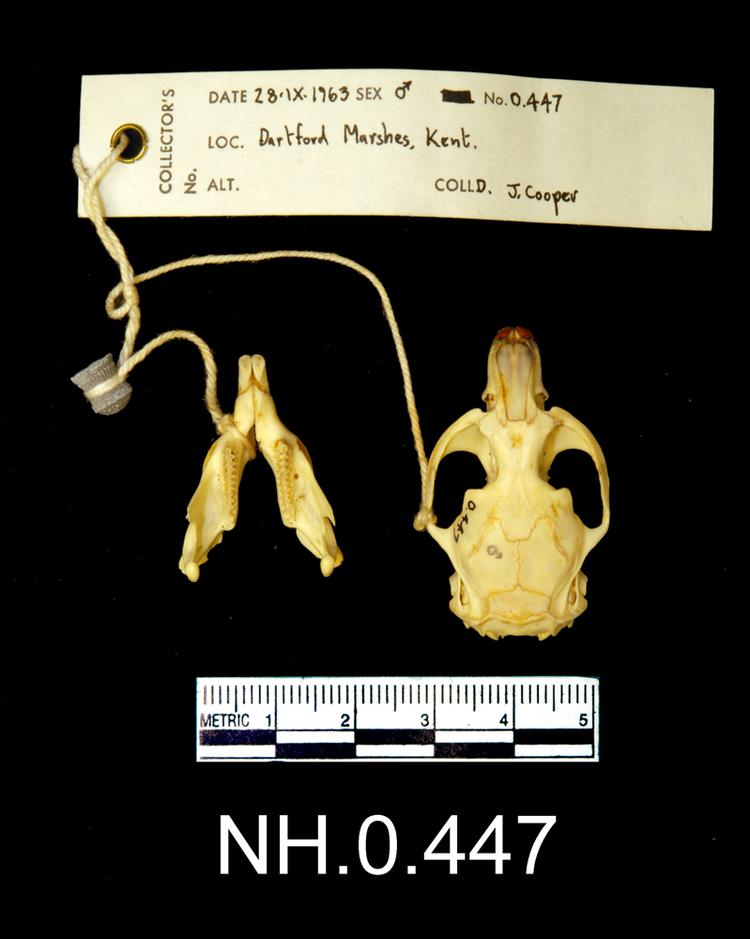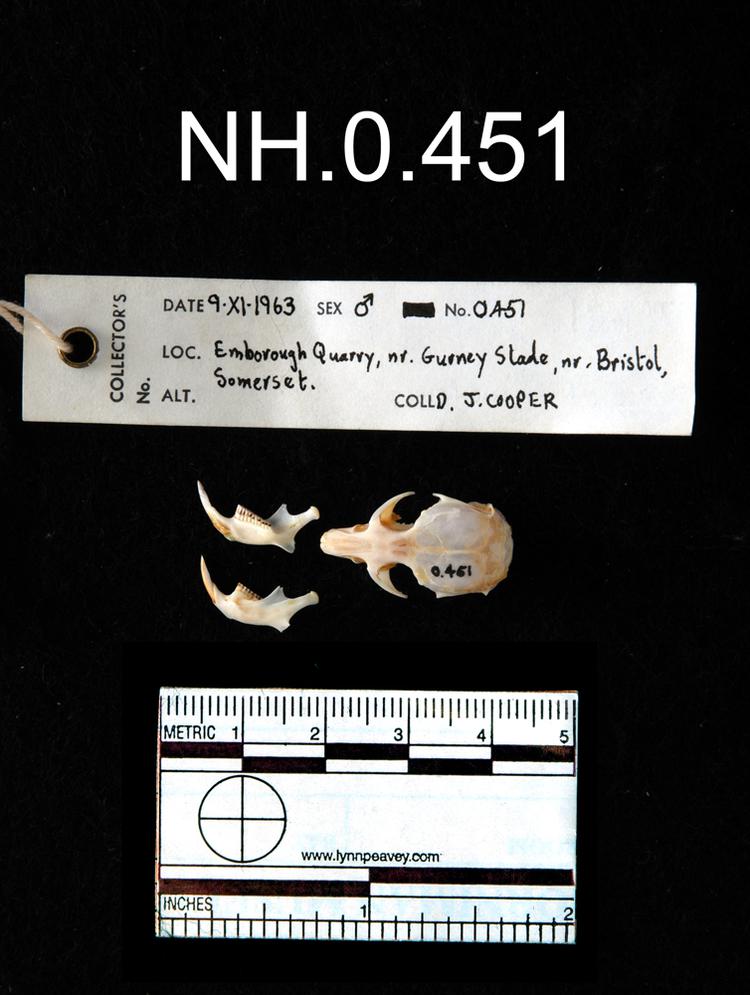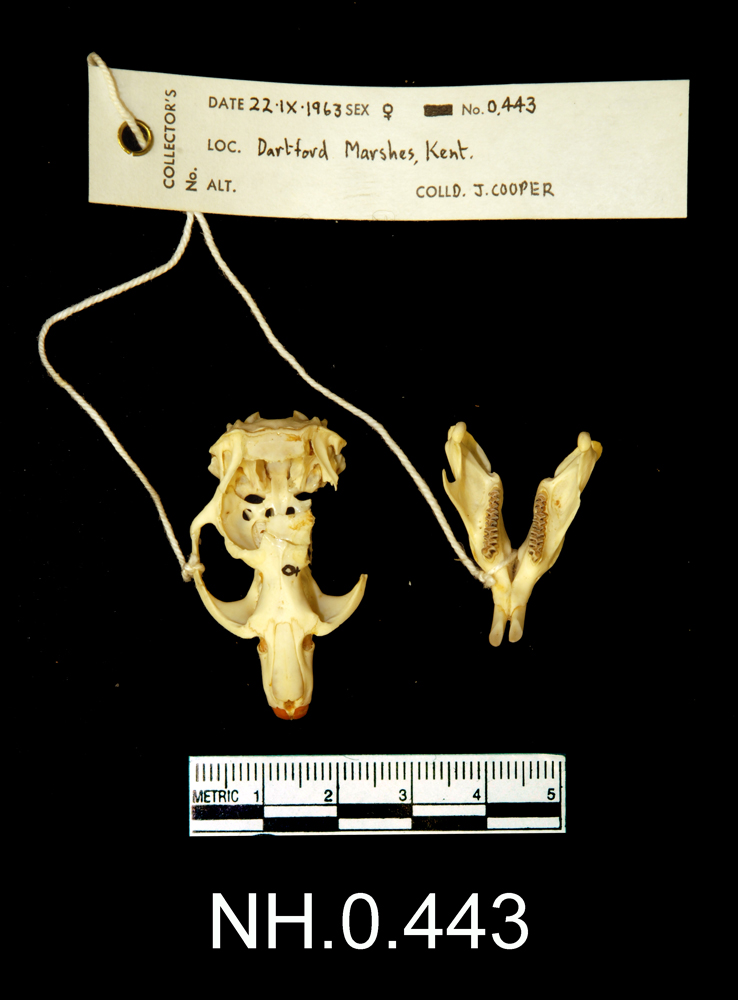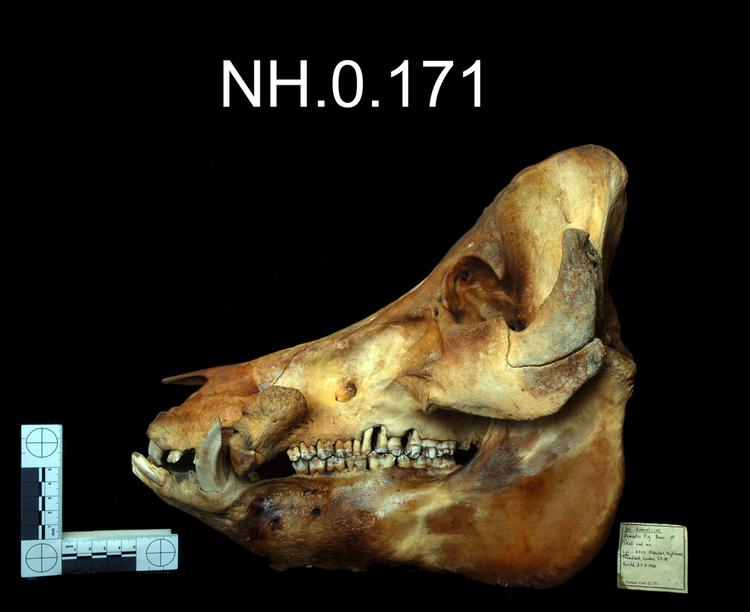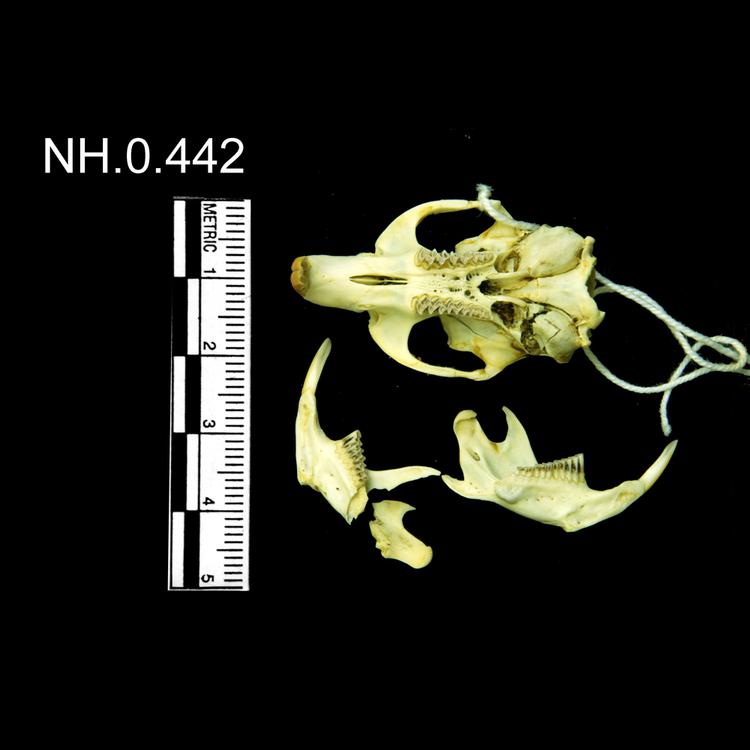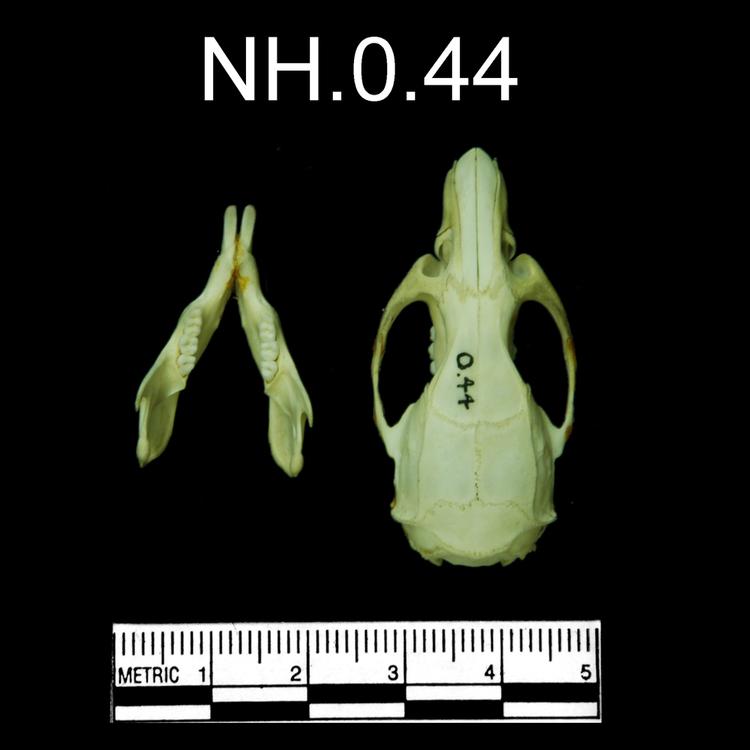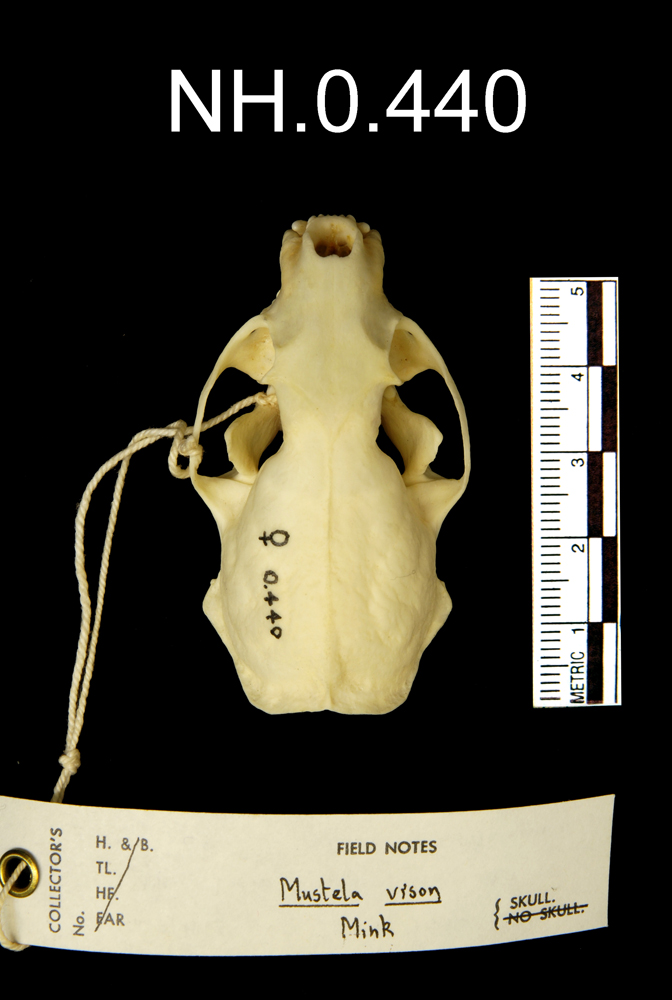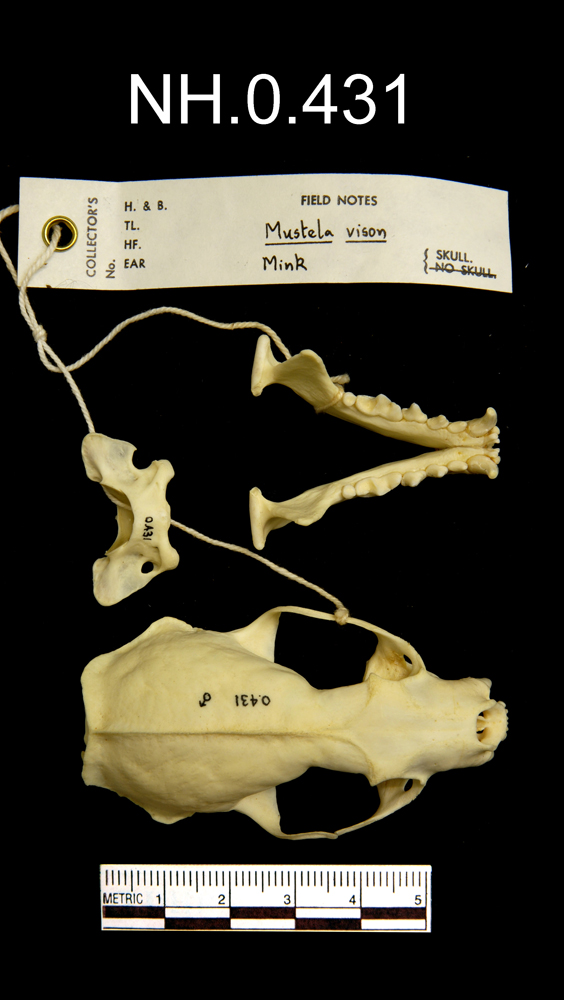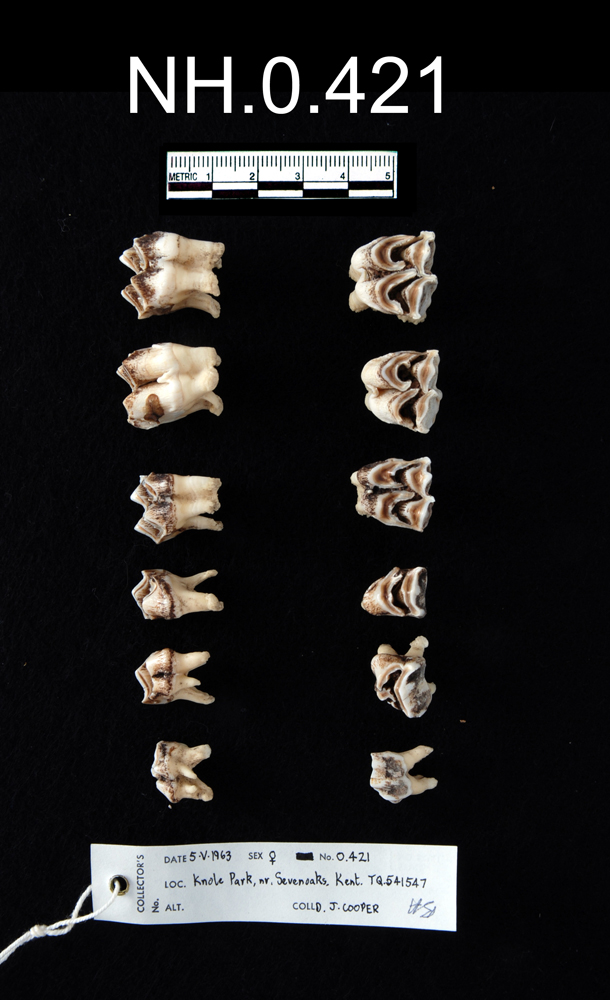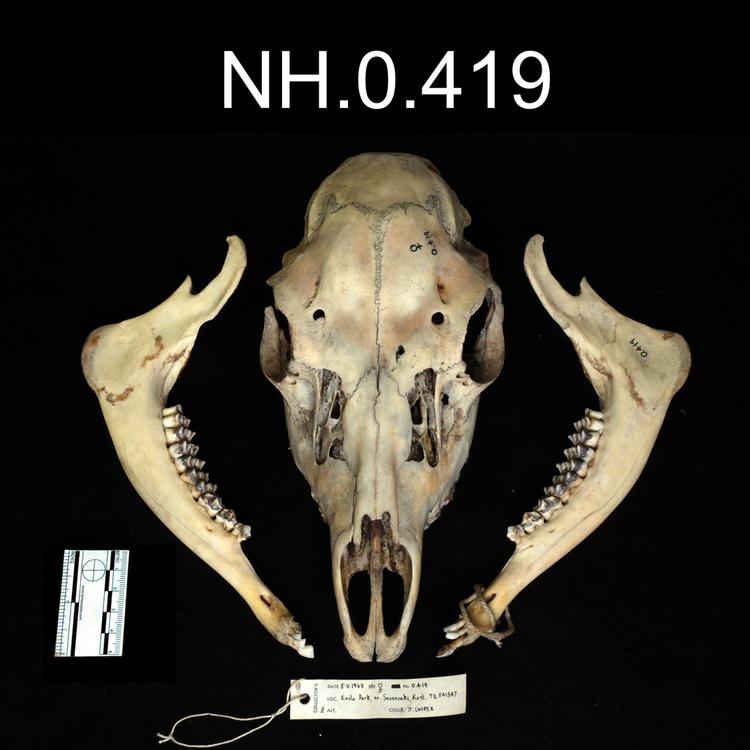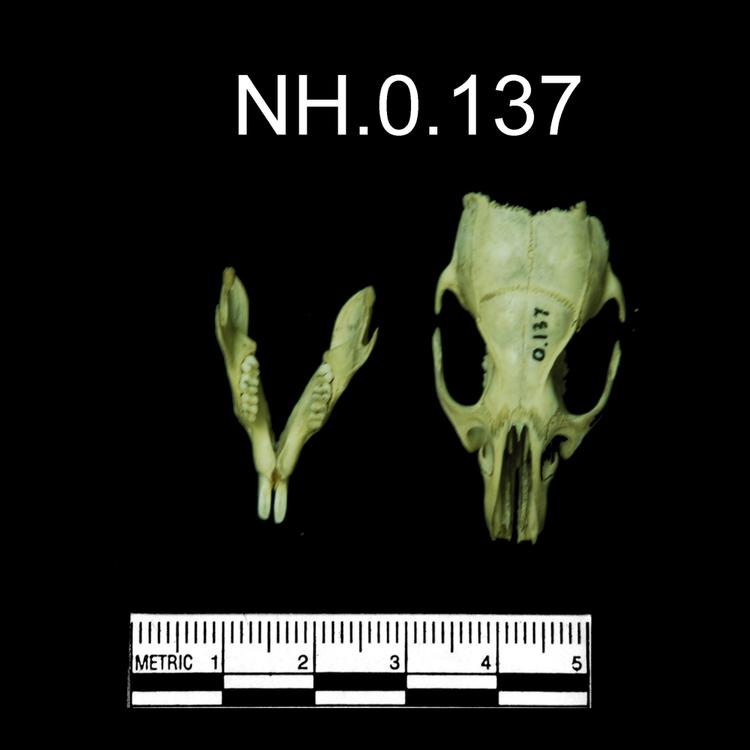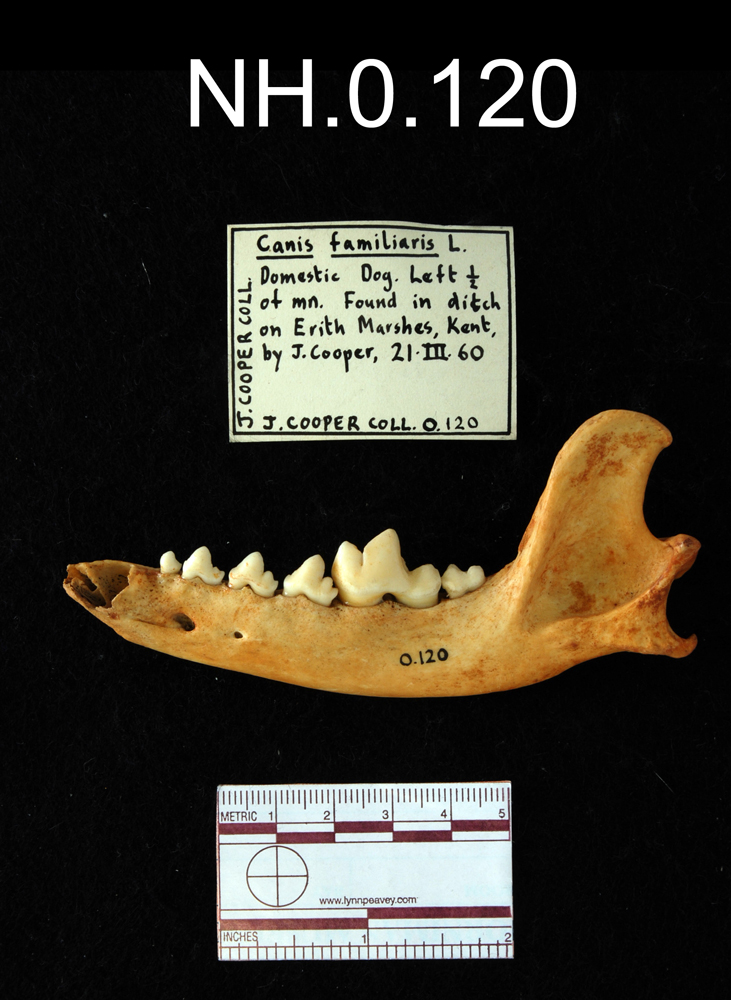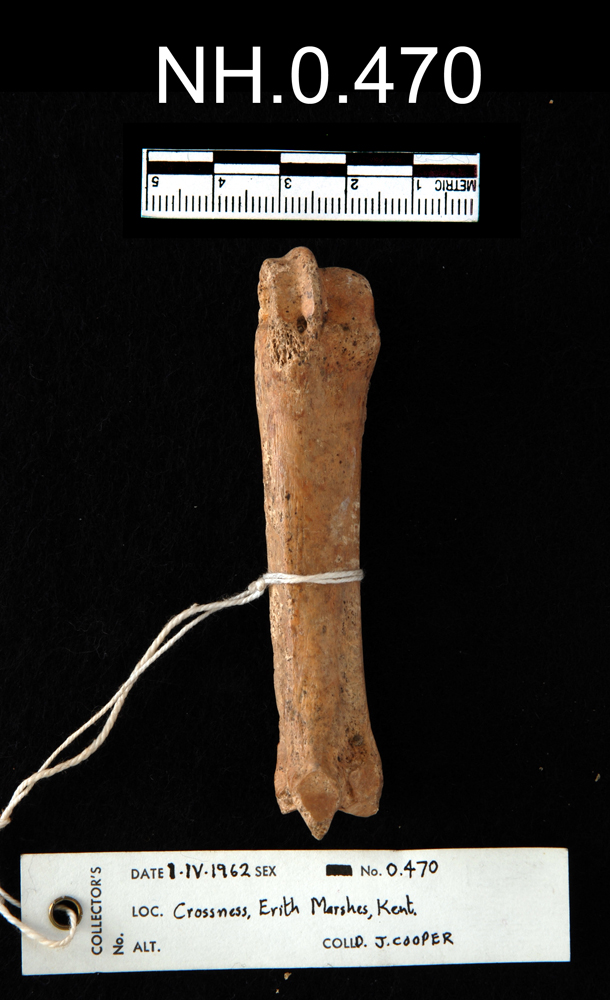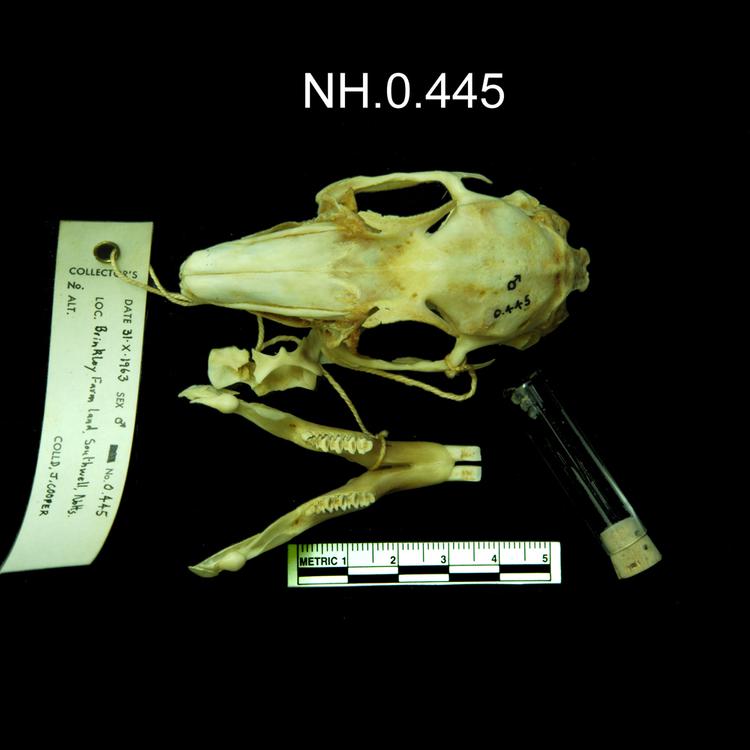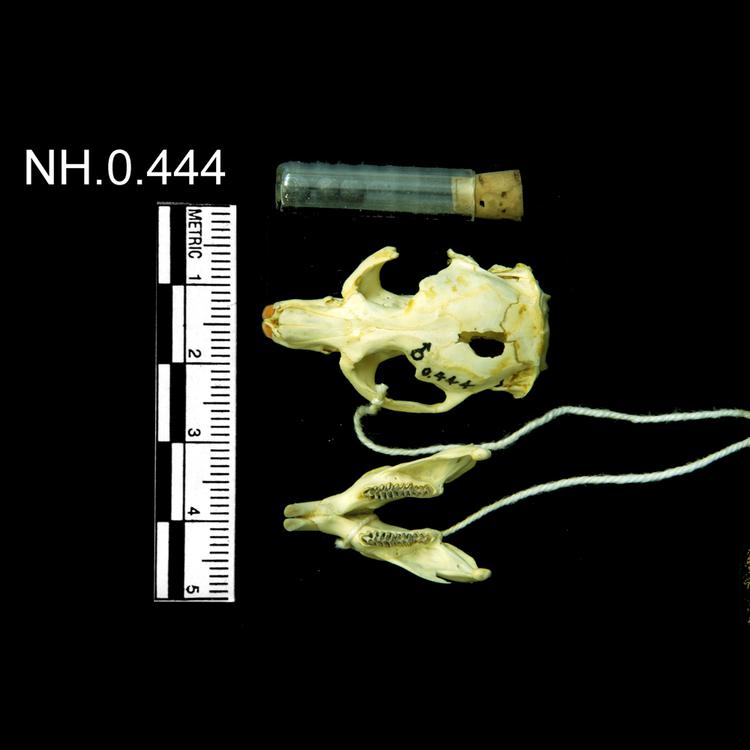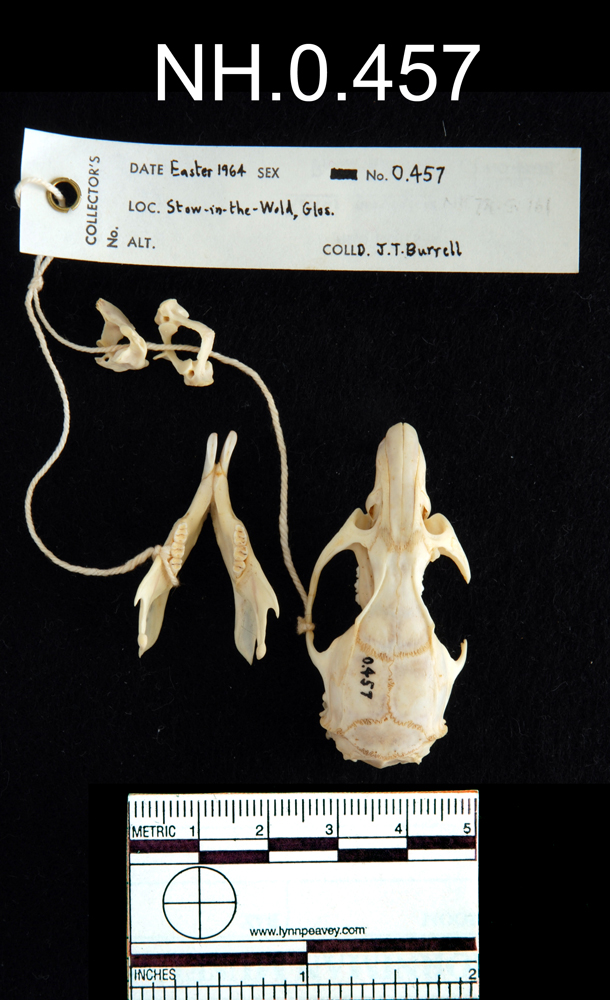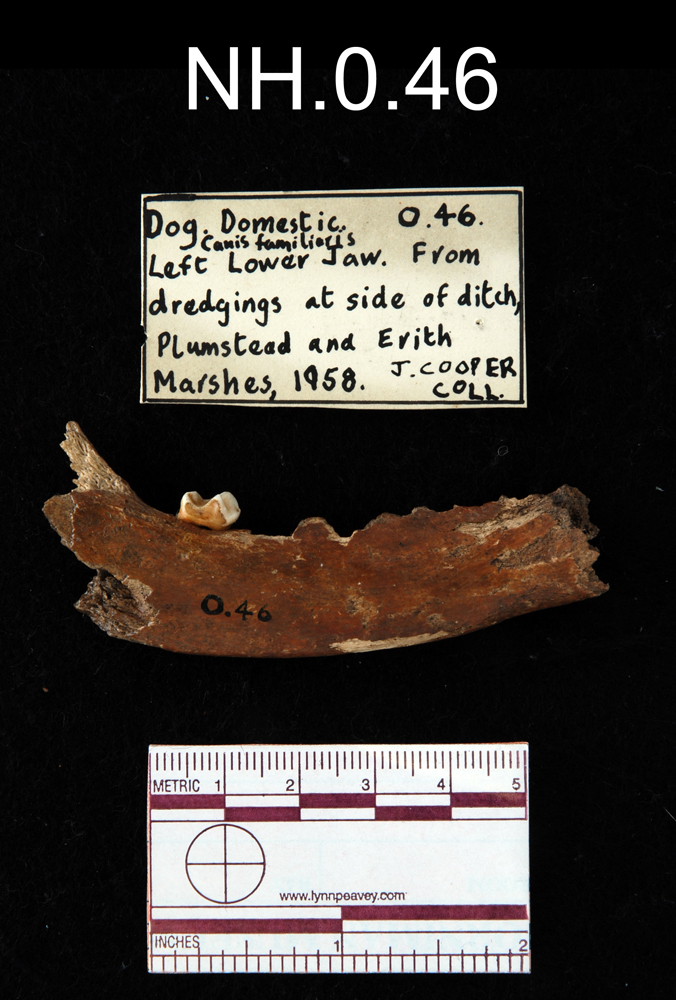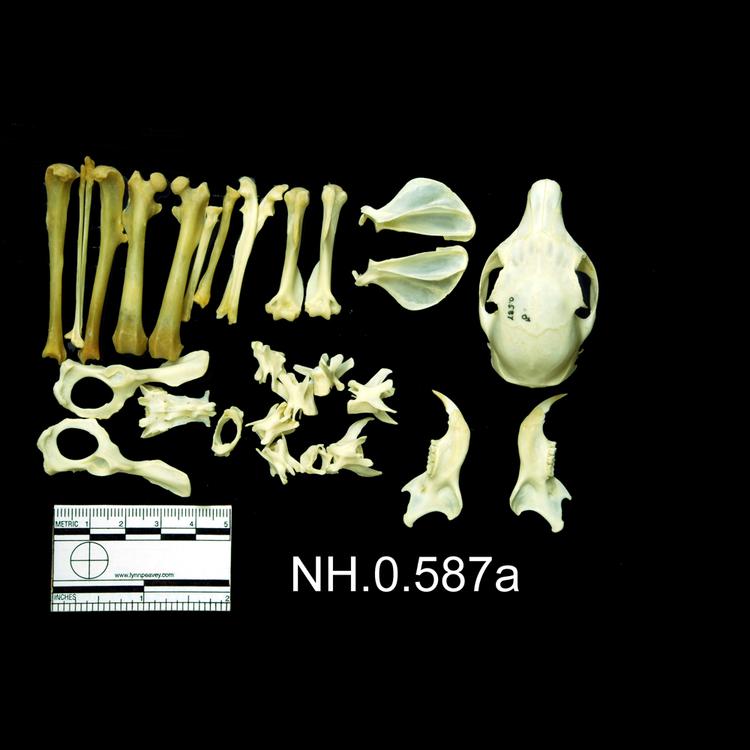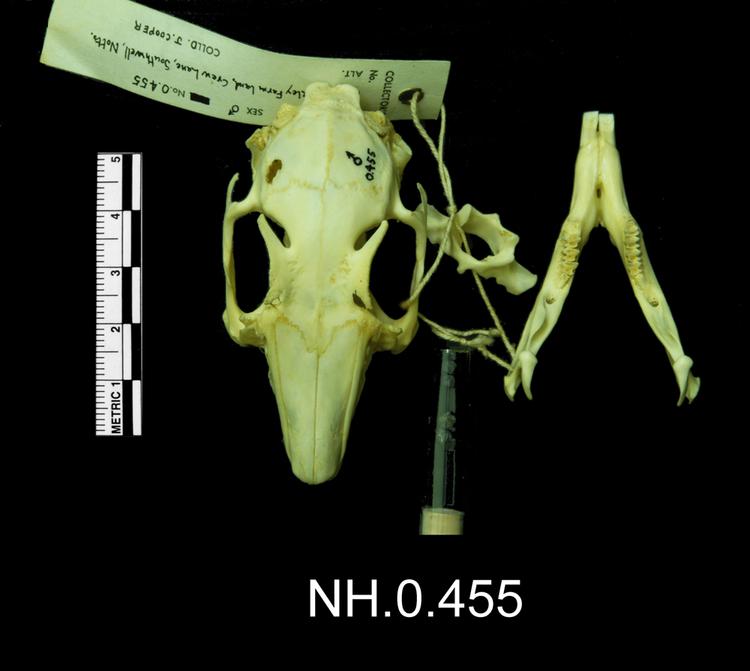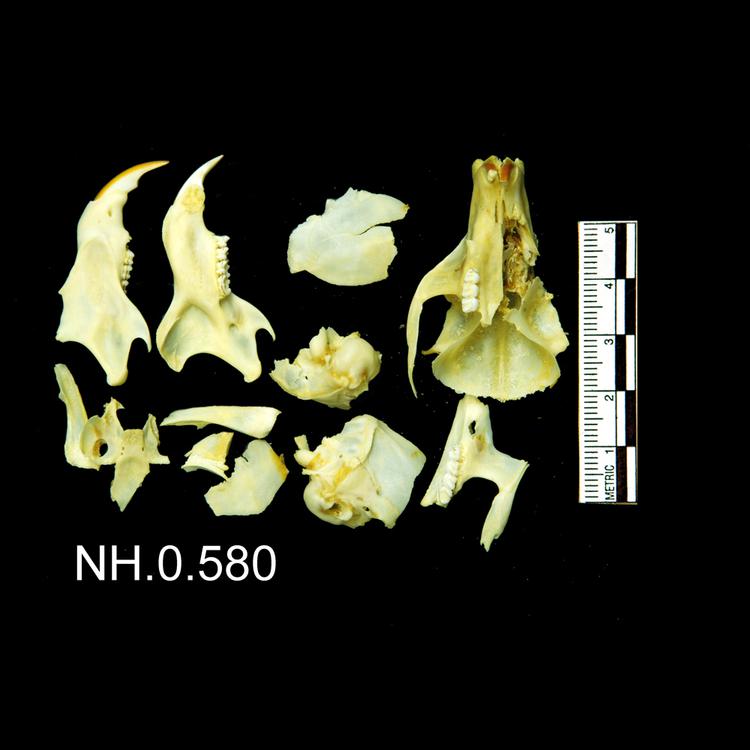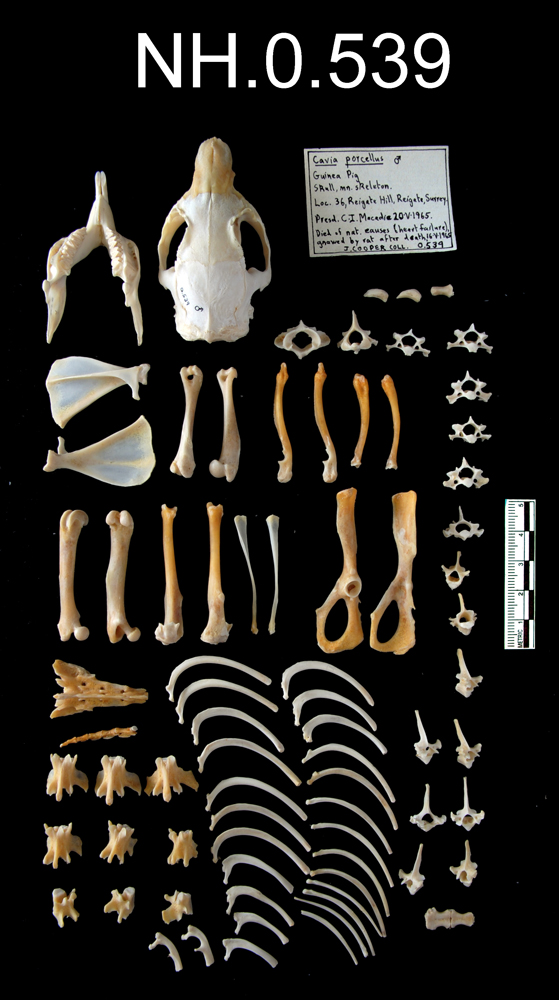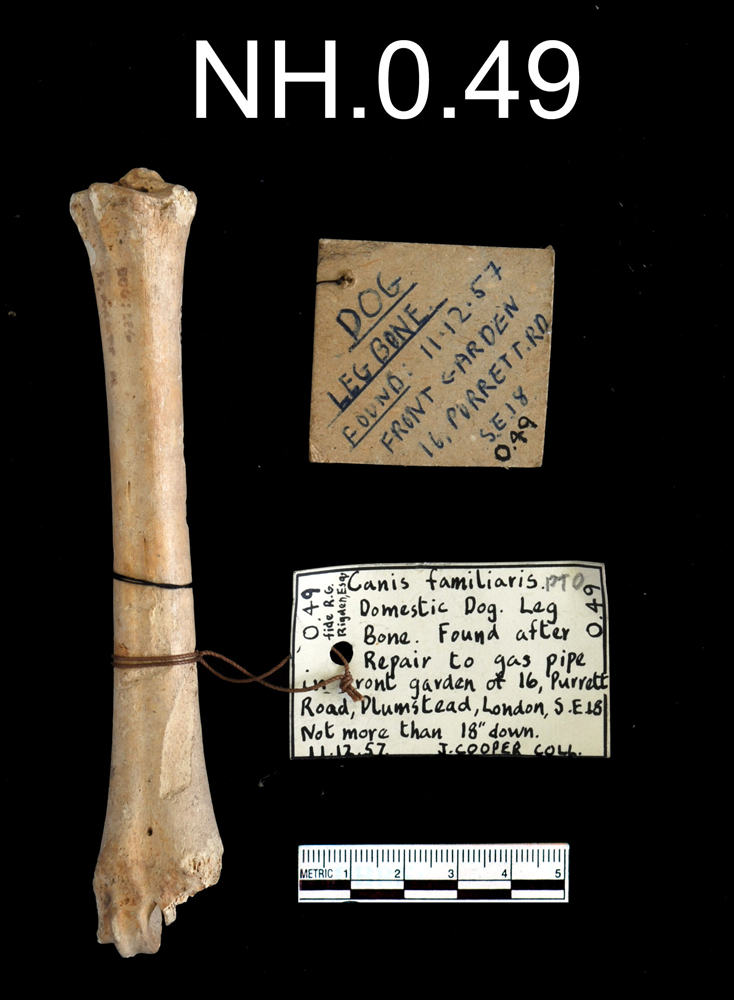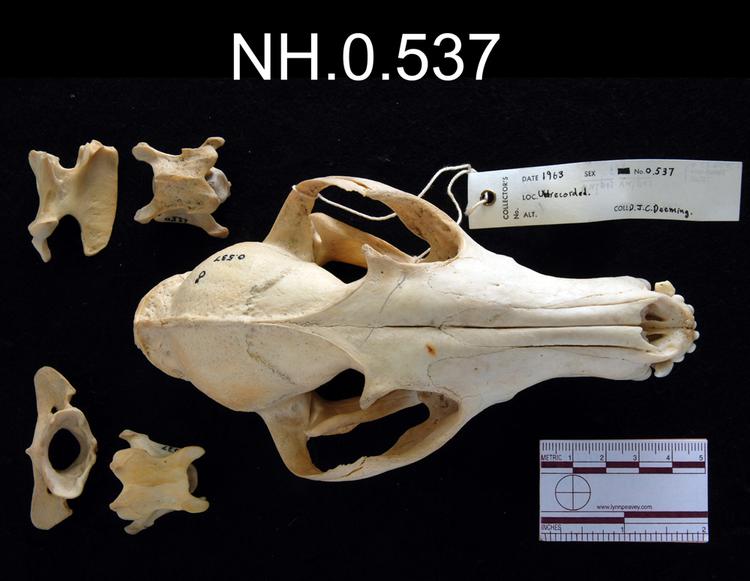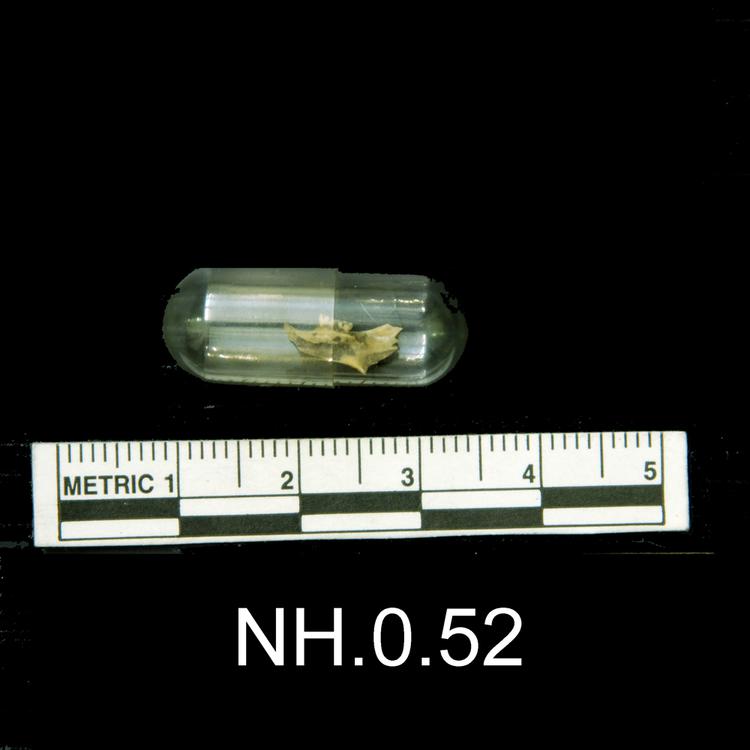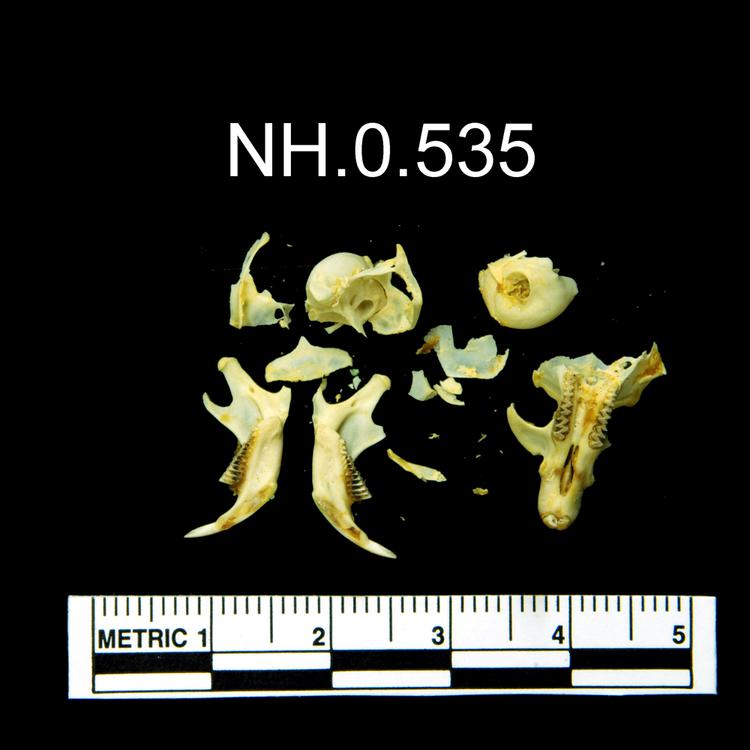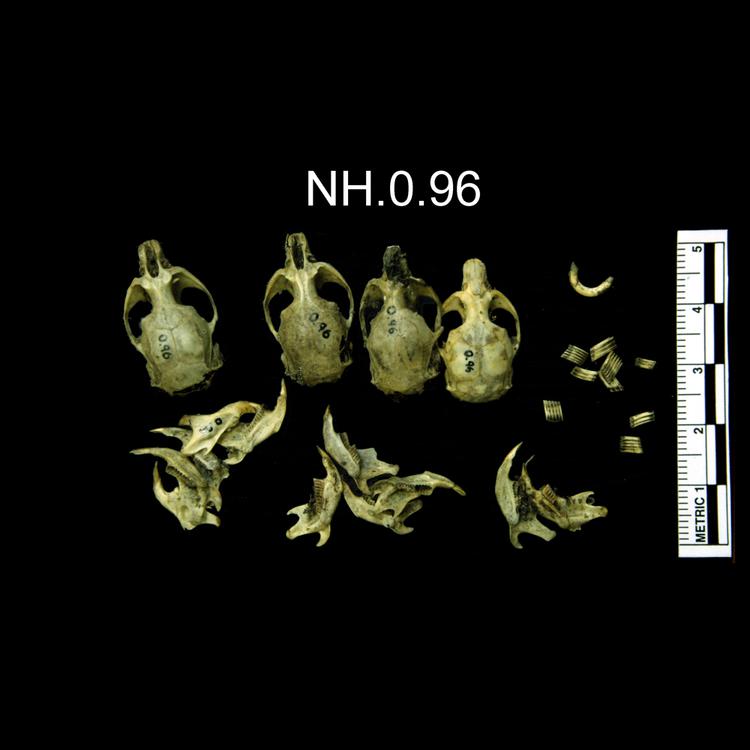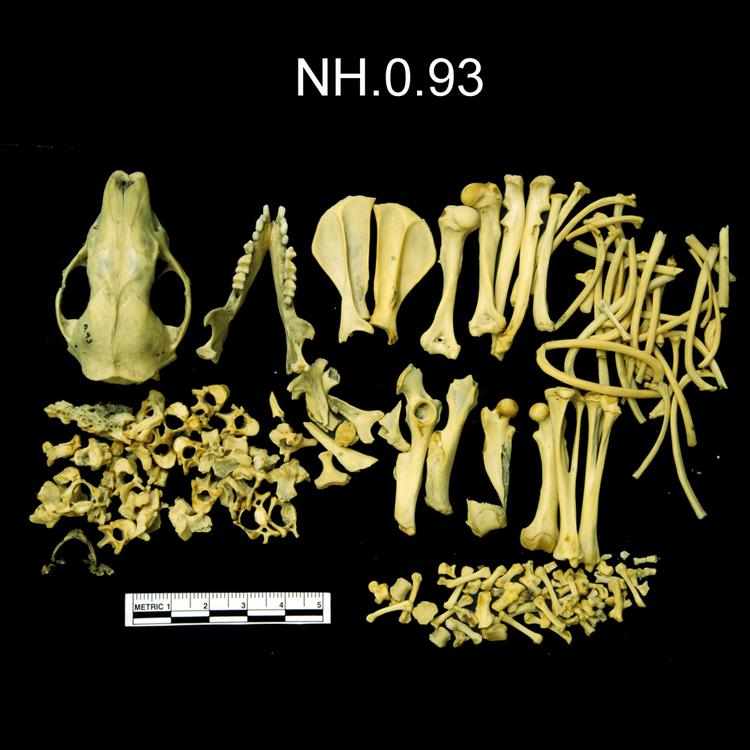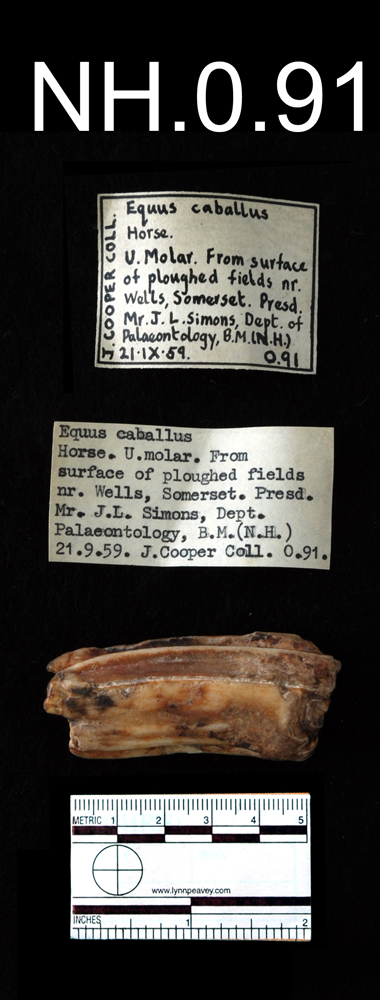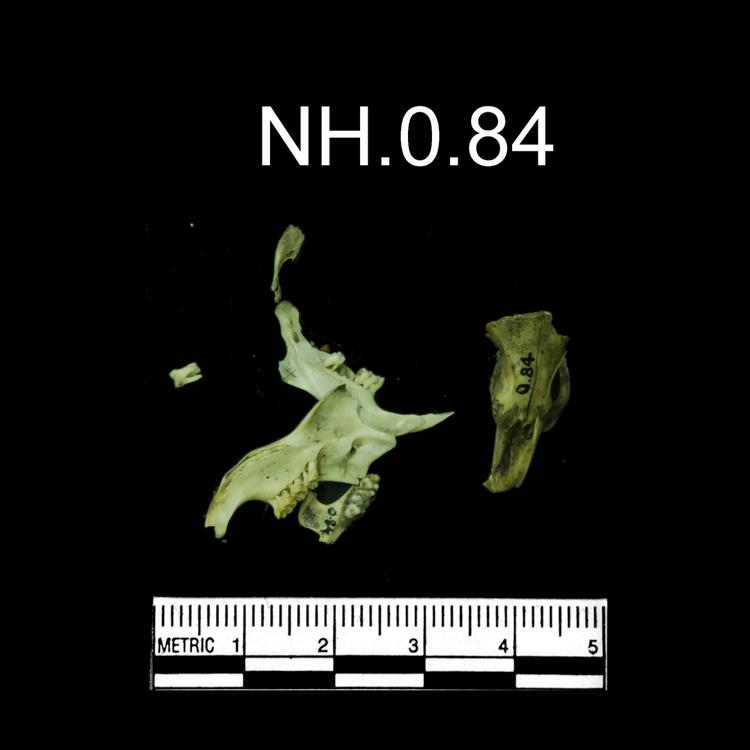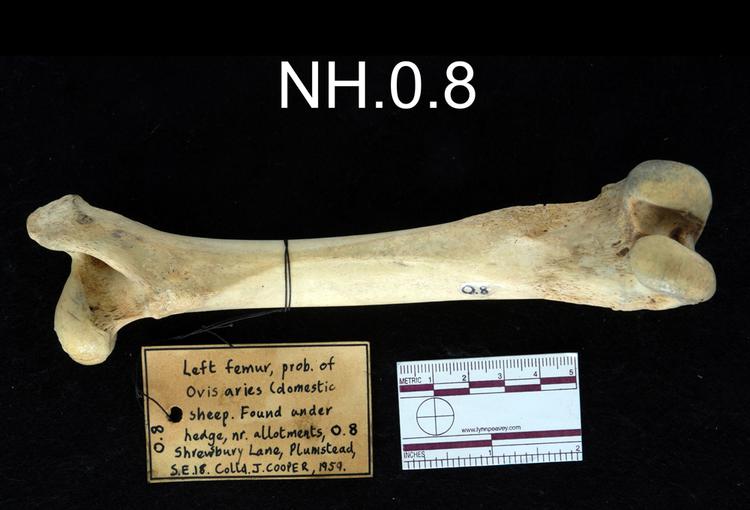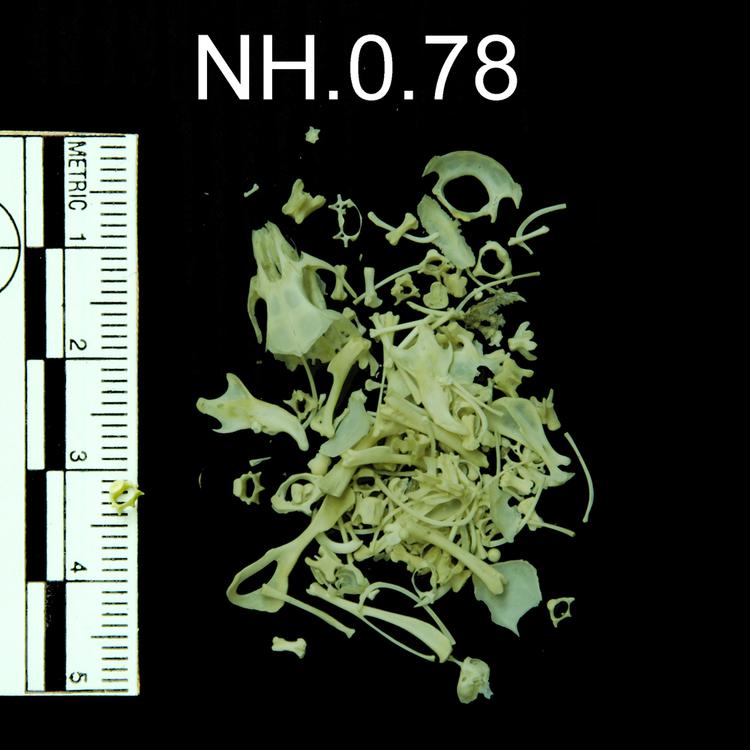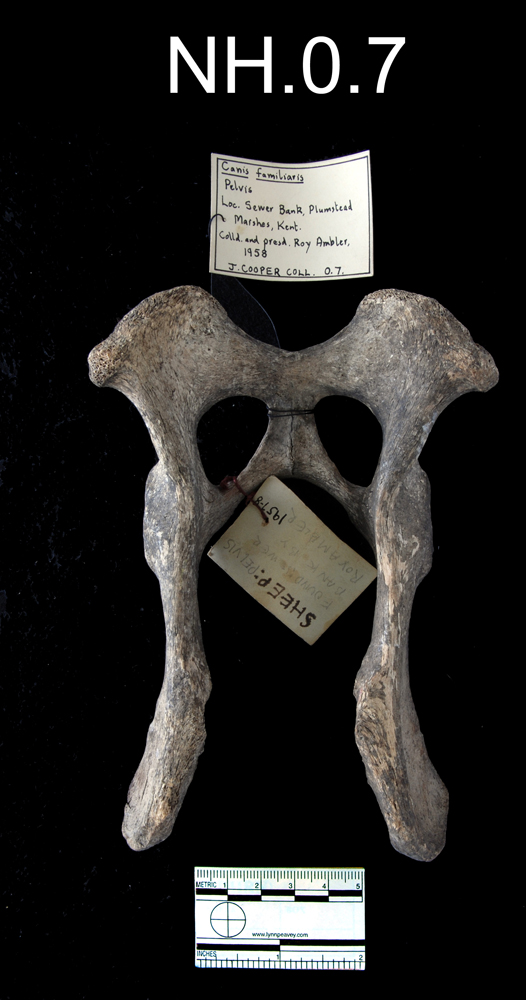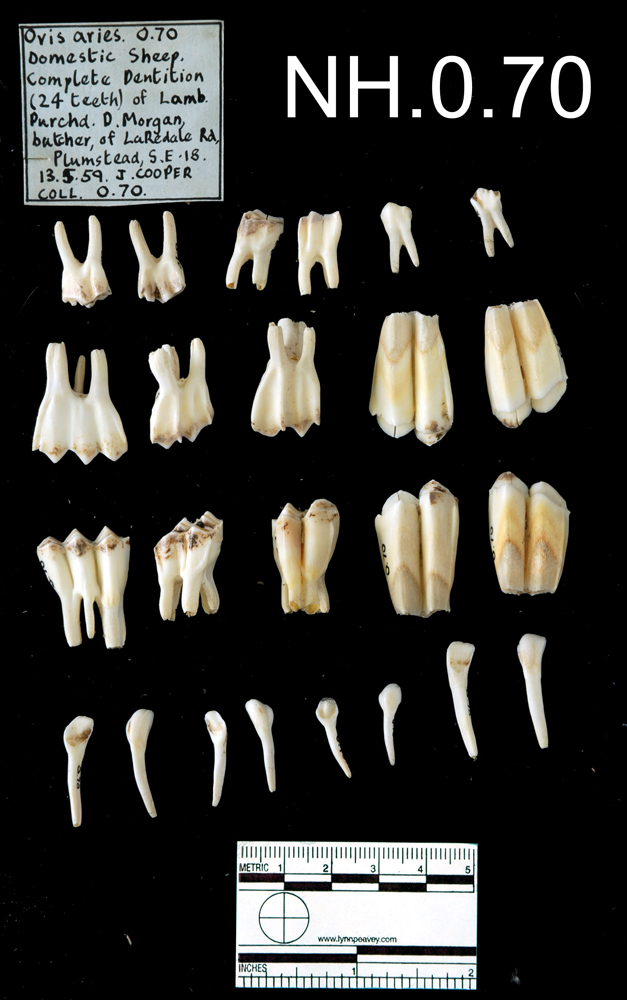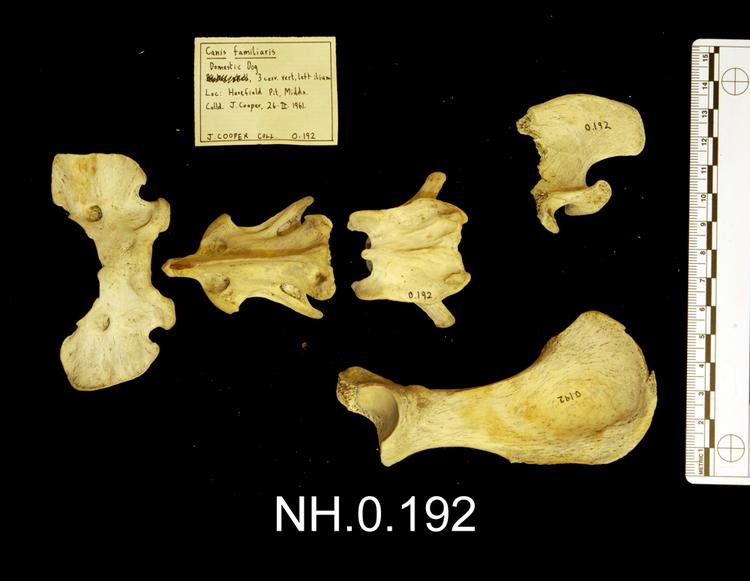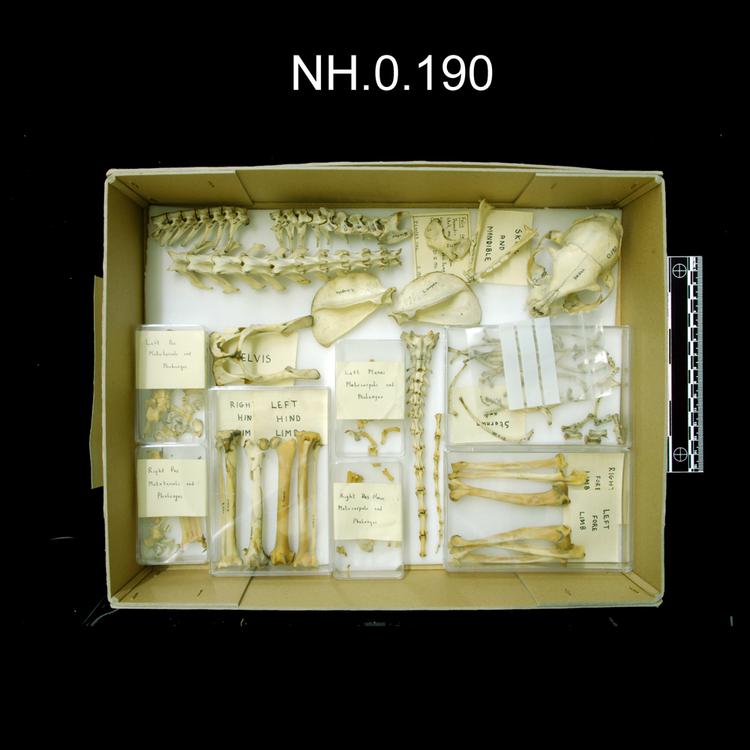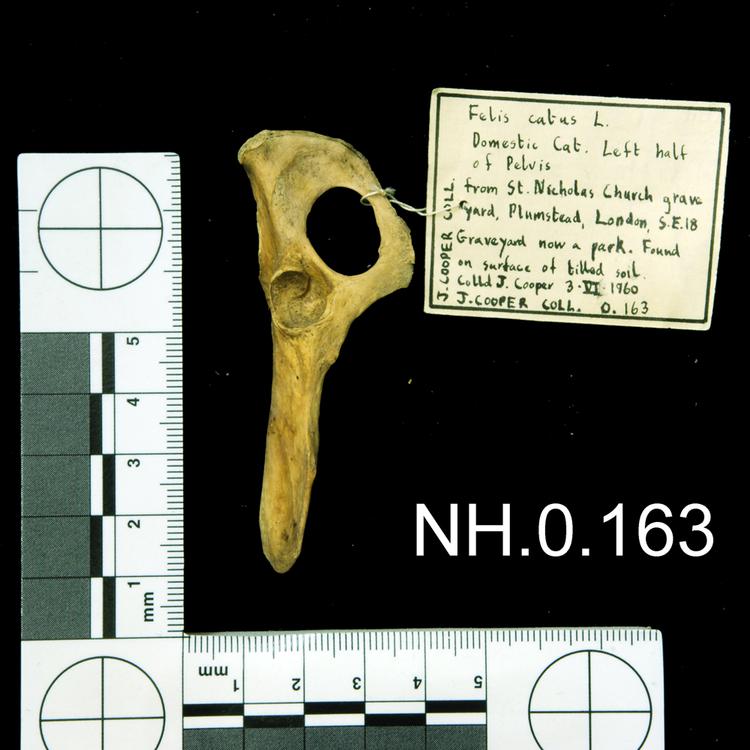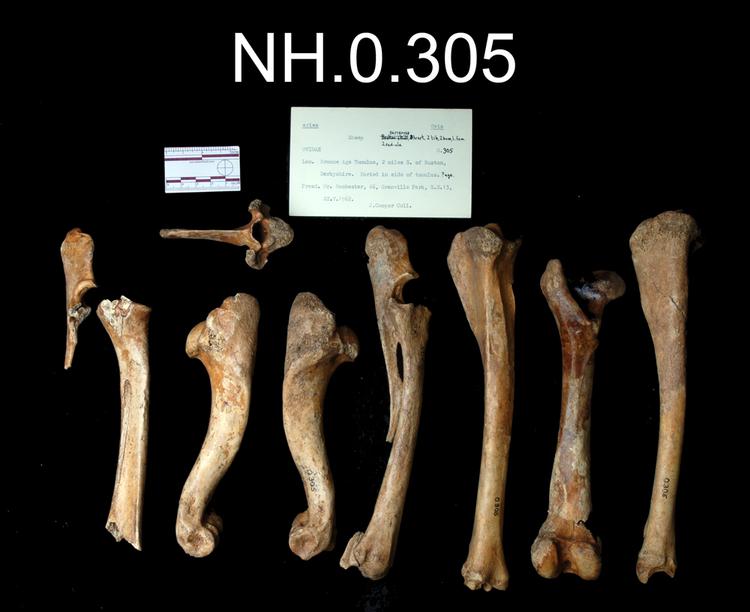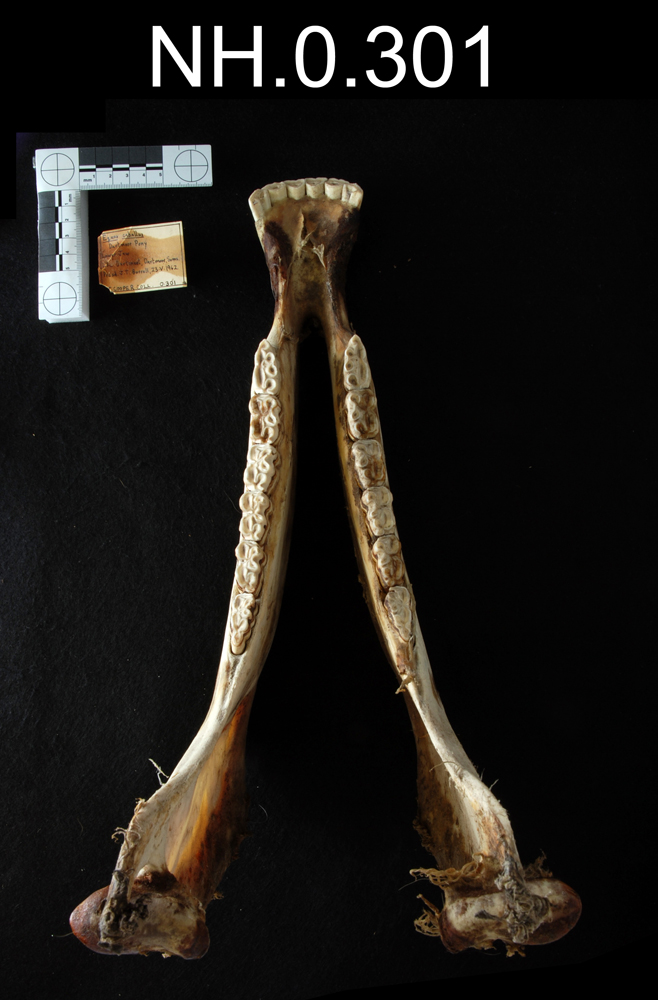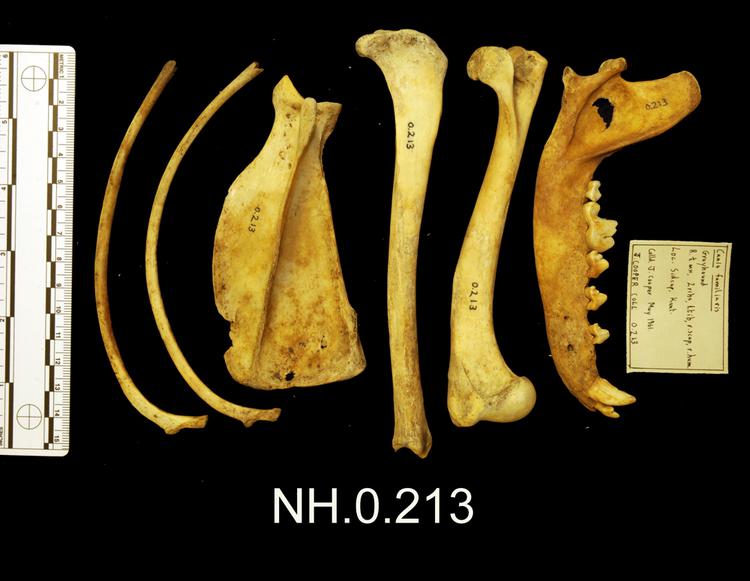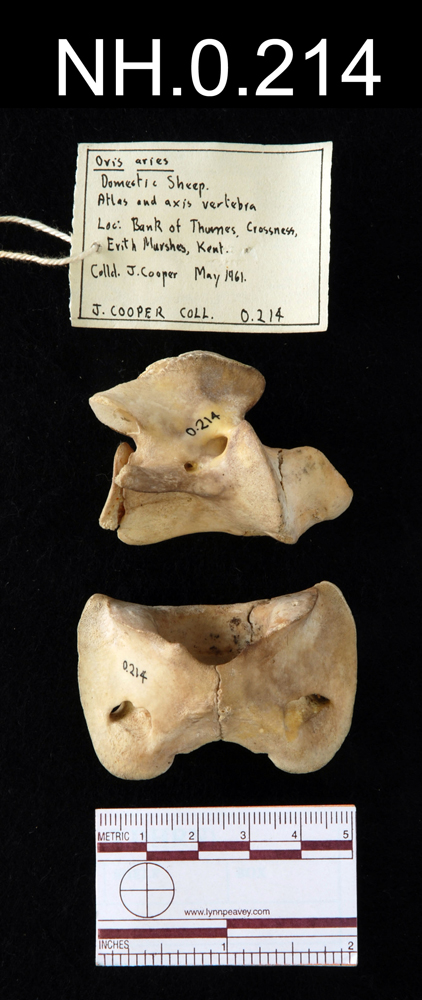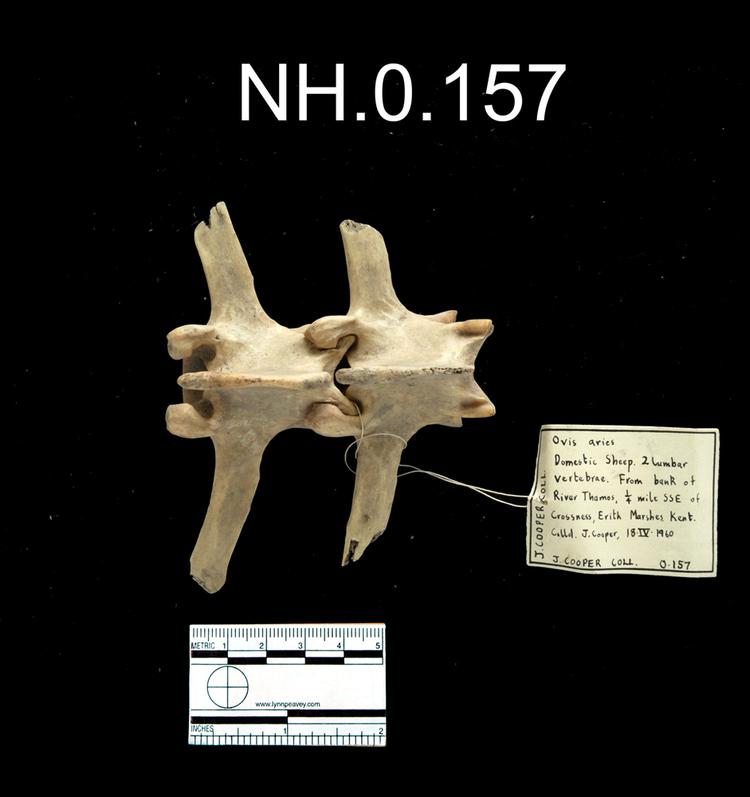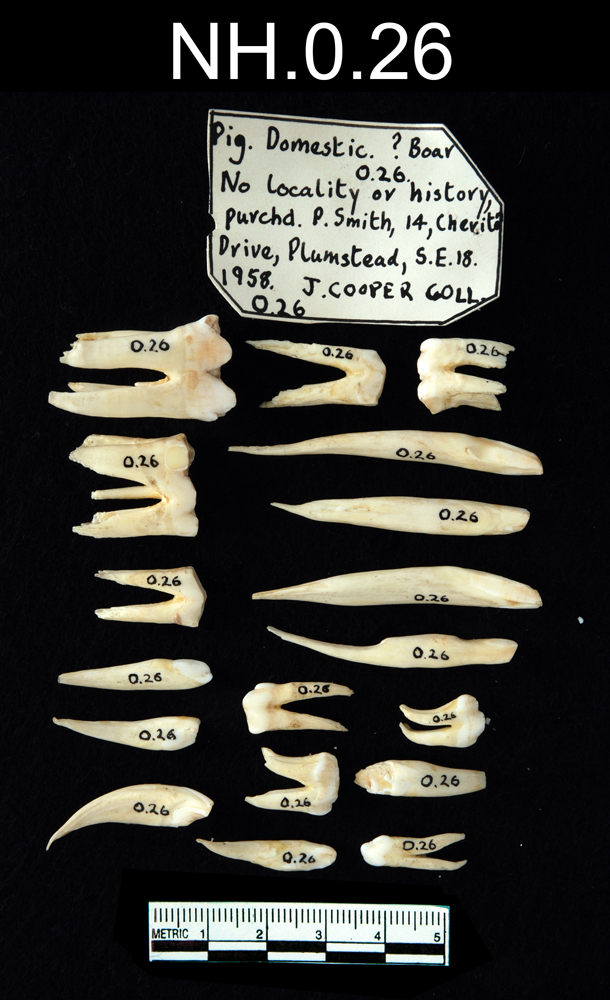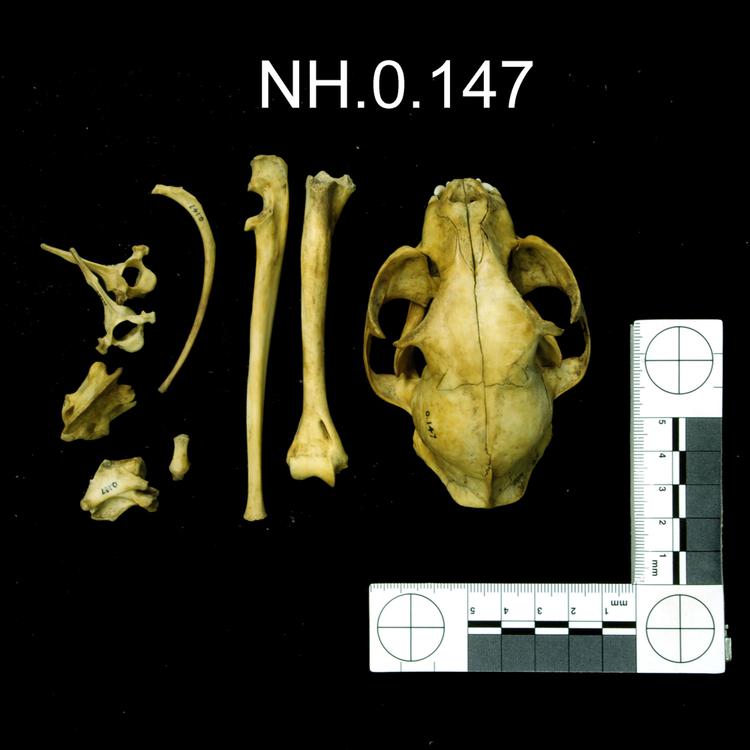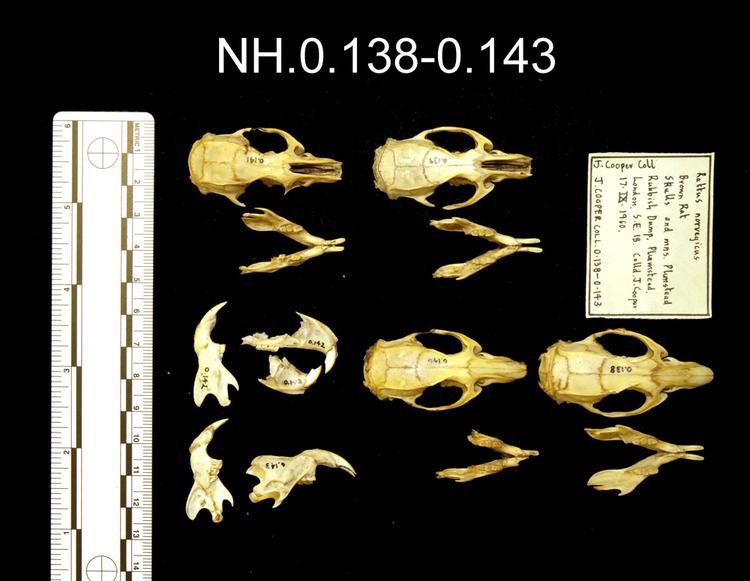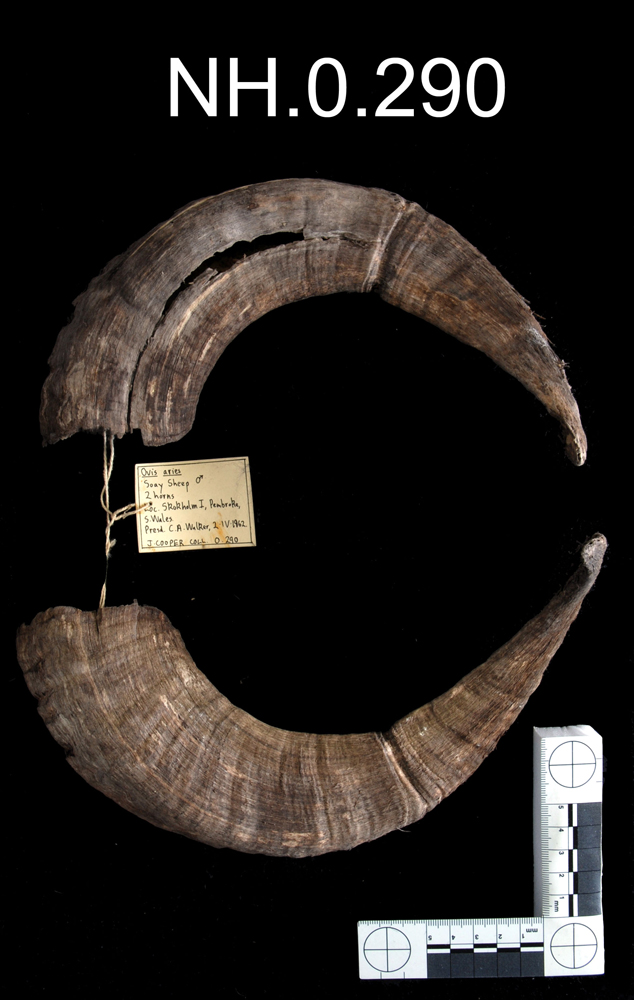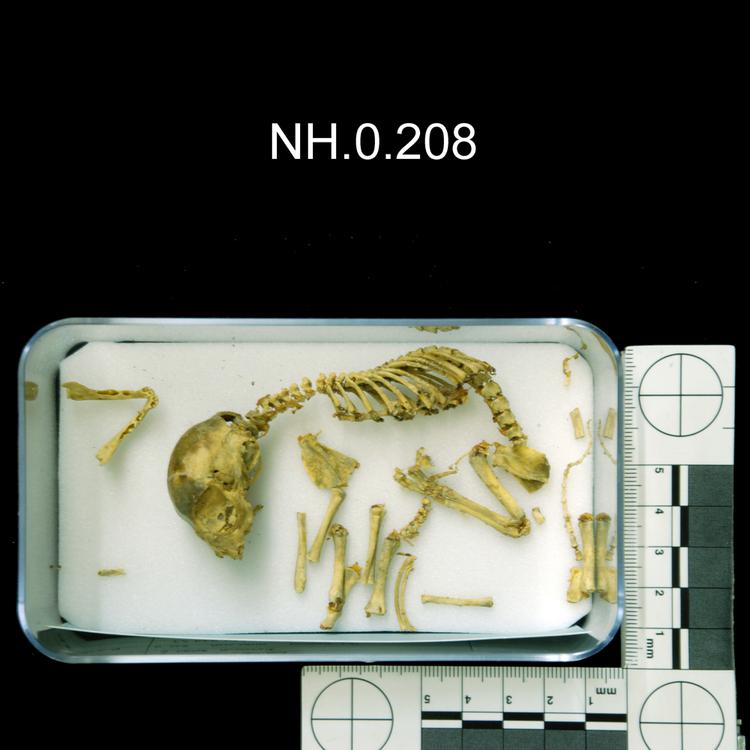The collection contains biological and geological material of national and international significance and includes taxidermy, skeletal material, pinned insects, fossils, minerals, rocks, models, dried pressed plants, fungi, shells, and birds’ eggs.
Having recently declared an ecological and climate emergency we increasingly use our collections to connect people with nature and encourage a deeper appreciation, love and respect for the natural world. Our collections and research – combined with the public programmes – help to raise awareness of the global environmental challenges we all face. We seek to empower and encourage people to take action to protect the planet and its ecosystems for future generations.
Zoology
The zoology collections include a number of scientifically important and historically notable collections including:
- Frederick Horniman’s Insect Collection. It contains around 4,700 butterflies, over 2,000 beetles and almost 500 specimens from other orders of insects from around the world. The collection includes type material of Horniman’s Swallowtail, Horniman Beetle, and specimens associated with British naturalist and evolutionary pioneer, Alfred Russel Wallace.
- J P Brock’s Collection of Parasitic Wasps and other Hymneoptera. It comprises over 14,000 specimens collected between 1992 and 2006. This includes type material published in the taxonomic revision to the 138 British species of Banchine wasps published by the Royal Entomological Society in 2017.
- J. Platt Barrett Collection. Late 19th and early 20th century collection of mainly British butterflies and moths, the majority collected in south east England. It includes the much figured specimen of the Marbled White, Melanargia galathea.
- Moore Collection. Late 19th century to early 1950s collection of tropical butterflies and other insect orders of worldwide origin.
- J J Collins Collection. 13,600 specimens of British beetles assembled by the Coleopterist, Joseph (Jos) Joynson Collins from the late 1890s to the mid 1940s.
- Edward Hart Collection. 254 taxidermy habitat-cased British Birds assembled by taxidermist and naturalist Edward Hart (1847-1928), from Christchurch, Hampshire (now in Dorset).
- John Cooper Osteology Collection. 350 specimens of British mammals.
- William Colbeck Antarctic collection. Adéle Penguin and Antarctic Skua eggs obtained by Captain Colbeck in 1903 during the British Antarctic Relief Expedition.
Geology
The geology collections include fossils, minerals, and rocks from over 35 countries across the world. The British fossil record is particularly well represented, with specimens of vertebrate and invertebrate faunas ranging from dinosaurs and marine reptiles, to trilobites and ammonites.
The most significant geology collections in terms of magnitude and scientific interest are:
- Walter H. Bennett Collection. Over 175,000 individual fossil specimens, includes material collected from Solnhofen Limestone, Hunsrück Slate and the Burgess Shale.
- Arthur Wyatt Collection. Around 1,700 specimens (including some fossils), photographic slides and field notes.
Botany
The collection contains approximately 3,000 specimens of mainly British pressed flowering plants, ferns, mosses and seaweeds. These are mounted onto herbarium sheets or arranged into bound volumes. It includes specimens from the former herbarium of the Botanical Society of London, founded in 1836.






